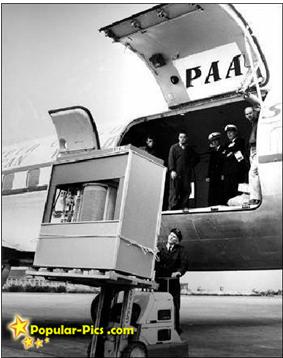To many people, a hard disk is a “black box” of sorts—-it is thought of as just a small device that “somehow” stores data. There is nothing wrong with this approach of course as long as all you care about is that it stores data. It is hard to really to understand the factors that affect performance, reliability and interfacing without knowing how the drive works internally.
If you use your hard disk as more than just a place to “keep stuff”, then you want to know more about your hard disk. For those people who earn their butter and bread by retrieving data from a defect hard drive, it is necessary to know how the hard drives works know more the ticks of store data.
Fortunately, most hard disks are basically the same on the inside. While the technology evolves, many of the basics are unchanged from the first PC hard disks in the early 1980s. Lets have a look at the following pictures of a modern SCSI hard disk, with major components annotated from Western Digital Corporation):
(Original image � Western Digital Corporation)
We look at the various key components, discuss how the hard disk is put together, and explore the various important technologies and how they work together to let you read and write data to the hard disk. My goal is to help you really understand the design decisions and tradeoffs made by hard disk engineers, and the ways that new technologies are being employed to increase capacity and improve performance.
When the first HDD looked like? What was the capacity of it?
5MB Hard Disk in 1956
It’s a hard disk in 1956…. the Volume and Size of 5MB memory storage in 1956. In September 1956 IBM launched the 305 RAMAC, the first computer with a hard disk drive (HDD). The HDD weighed over a ton and stored 5MB of data. Let us start appreciating your 4 GB jump drive!
5MB Hard Disk in 1956 – Its a hard disk in 1956…. The Volume and Size of 5MB memory storage in 1956. In September 1956 IBM launched the 305 RAMAC, the first computer with a hard disk drive (HDD). The HDD weighed over a ton and stored 5MB of data.



